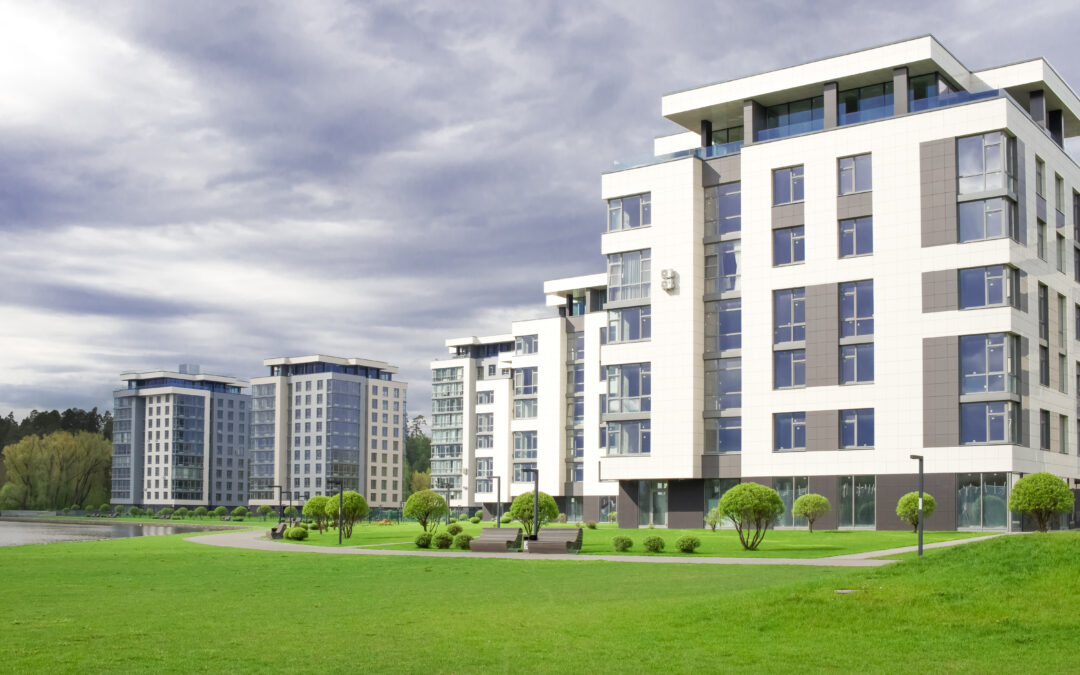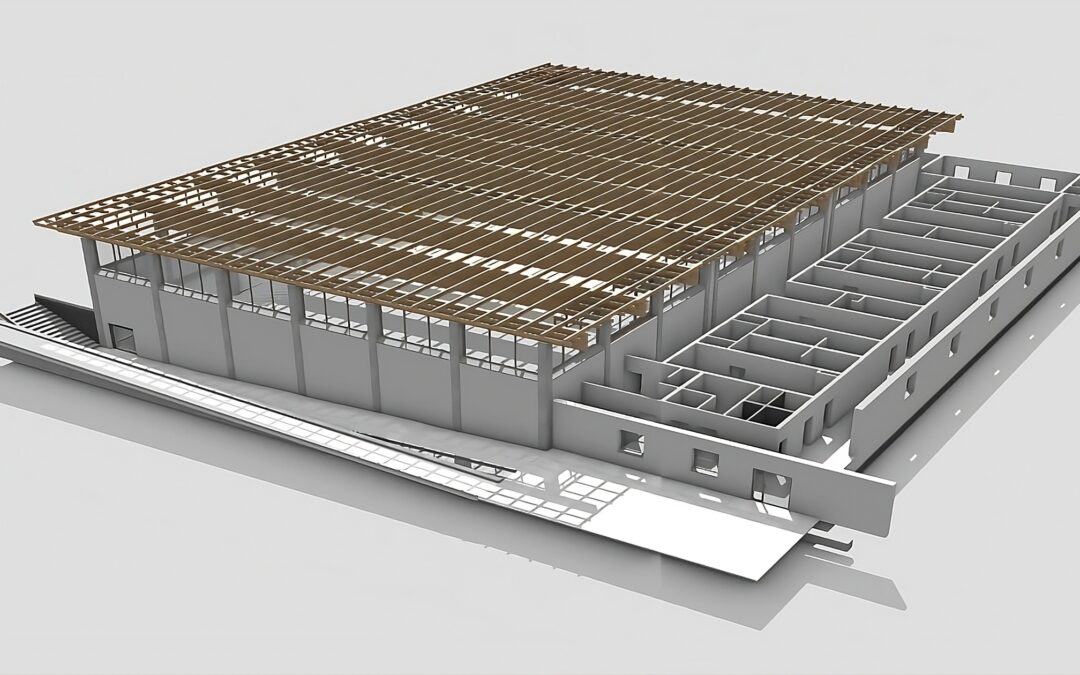David’s contribution to the engineering profession has been considerable, including when we won the prestigious Sir John Holland Civil Engineer of the Year Award from the College of Civil Engineers of Engineers Australia, in 2016.
He recently provided some opinions about changes that are occurring in the design and delivery of major infrastructure projects.
David suggests the most significant change in designing and constructing (D&C) infrastructure is the growing size of projects.
He says, “While we’ve also seen lots of consolidation of top-tier and second-tier consulting engineers in Australia, and a myriad of consortiums forming to deliver major infrastructure, challenges remain around the sheer scale of infrastructure projects.”
The successful delivery of major infrastructure is underpinned by robust design management. This requires continued interaction between clients, contractors and other stakeholders. Most importantly, it calls for D&C parties to unite and deploy a sharp focus to the details/input during the design phase.
As the size of infrastructure projects grows so does the level of risk that is taken on by industry. Many stakeholders, including consulting engineers, juggle their core design and delivery responsibilities with complicated review processes and de-risking.
“When I reflect on the time that is associated with de-risking a mega infrastructure project, it is substantial and ever increasing,” David said.
Another key area of change in the industry is around the technological advancements in equipment. David says, “I marvel at what tunnel boring machines and road headers can do today. At John Holland, we tap into smart equipment to build underground and above ground. Think…smart evacavators smart trucks and smart crainage, they’re all game changers for our industry.”
From a digital engineering perspective, David sees an increasing role for 4D and 5D modelling. However, at the risk of being labelled a ‘dinosaur’, he suggests using these tools requires a skillset in modelling, as well as the ability to determine, through conventional analysis, if structures will behave in the way that designs anticipate.
When asked about what he seeks when engaging consulting engineers, David explains – capacity, shared values and behaviours, transparent communication and good access to decision-makers – are equally important.
He says, “I engage ‘A’ teams. This means talent with strong D&C experience, exposure to construction and a firm grasp of risk management. “It’s also important that everybody working on a project understands that their role is vital. Their role is about more than pouring concrete or creating a structural design.
“Their role is part of a key infrastructure project that will be a legacy for communities across New South Wales (NSW).
“We live our values and build our culture through various mechanisms, including implementing training programs about; understanding the impact of the projects we deliver, the importance of teaming and community, and the criticality of caring for others in the workplace.”
After decades of success in delivering infrastructure, David reveals what motivates him and what he’s looking forward to in 2021?
He says, “I’m driven by safe sites and making sure people go home to their families at the end of every day. It is incumbent upon everyone in the supply chain of infrastructure, to lead by example and provide safe working environments.”
On the Sydney Metro Tunnel Stations Excavation (TSE) project he anticipates Barangaroo Station will be delivered ahead of schedule but not at the cost of compromising safety.
David says, “Safety is akin to quality, get it right and everything else works. Our commitment to safety is embraced across our entire business – from the leadership and construction teams, to the environment, programming, quality, community engagement and assurance teams – it’s how we do business.”
Like most, David is looking forward to 2021 being a year without COVID-19. He’s also excited about becoming a grandfather for the second time and visiting two of his children, who reside in the USA.



